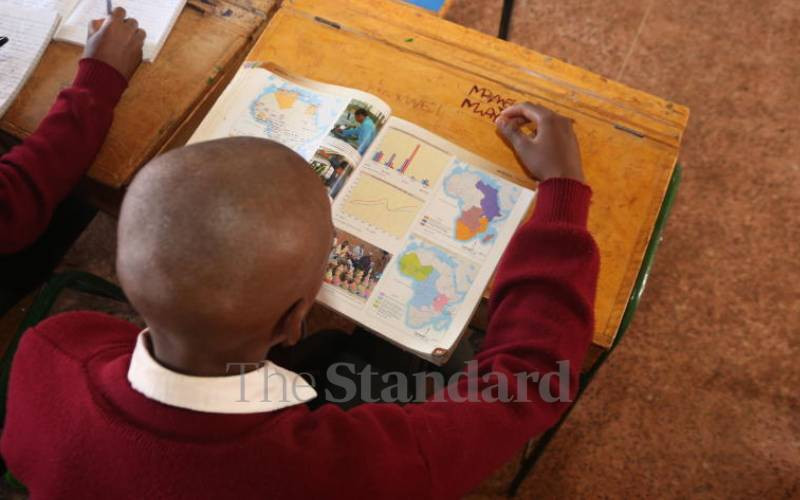×
The Standard e-Paper
Home To Bold Columnists

The recent disease outbreaks in schools requires urgent attention from the Ministry of Health, Ministry of Education, Teachers Service Commission, parents, and the community at large.
The 100 per cent transition policy from primary to secondary may have been a blessing in terms of raising completion rates but also has multiple negative effects on the health of learners especially in schools where not much was done in enhancing infrastructure.